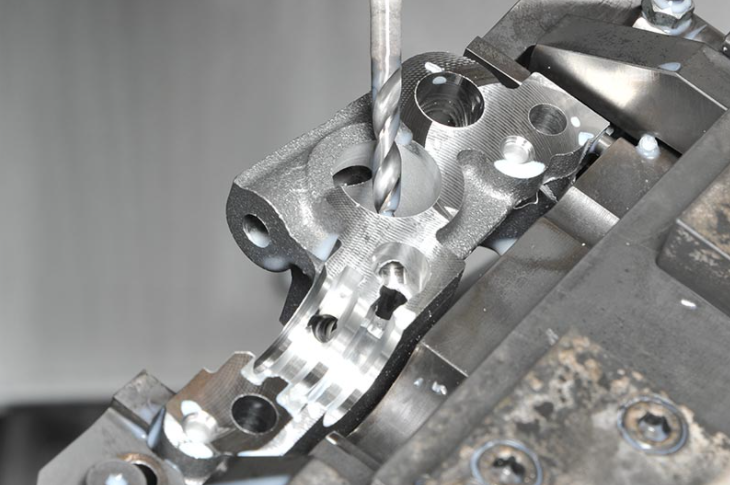Die casting release agent is a kind of functional material between mold and finished product. It is a kind of processing assistant to prevent metal mold products from adhering to the mold and easy to separate. Due to the rapid development of die casting process, the amount of release agent is also greatly increased. Selection of release agents the commonly used release agents are inorganic, organic and polymer.

How To Choose Mold Release Agent For Metal Die Casting
Inorganic release agent:
Such as talc powder, mica powder, clay and white clay as the main components of the composite, which is mainly used as the anti sticking agent for film and semi-finished products in rubber processing.
Organic release agent:
Including fatty acid soap (potassium soap, sodium soap, ammonium soap, zinc soap, etc.), fatty acid, paraffin, glycerol, Vaseline, etc.
Type III release agent:
They are high polymers, including silicone oil, polyethylene glycol and low molecular weight polyethylene. Their release agent efficiency and thermal stability are much better than those of organic release agents. Mold release agent is usually divided into powder, semi-solid and liquid. Powder and semi-solid can be applied to the mold surface with a brush or hand like wax grease. The liquid can be applied to the mold surface by means of spray or brush to form an isolation film. Spraying is the best liquid release agent.
The mold release agent filled in metal spray cans is widely used in the international industrial developed countries. Due to the good sealing performance of the metal spray can, it can avoid the oxidation of the release agent or the mixing of impurities, and ensure the purity of the release agent when it leaves the factory. The large-scale injection molding equipment is installed indoors, and the environmental temperature changes little, which has no impact on the use of spray release agent. However, the mold temperature of molding should be considered, and the release agent with good thermal stability should be selected. Generally, the thermal decomposition temperature of the release agent is required to be higher than the molding mold temperature. Otherwise, carbonization will occur.
For high-grade products and products requiring secondary processing (such as painting and printing), release agents suitable for secondary processing shall be selected. In order to prevent environmental pollution, release agents that are not easy to burn and have low odor and toxicity should be selected. In the selection of a release agent, the economy is an important factor that can not be ignored. Poor quality release agent will cause cracks and wrinkles on the product surface, affect the product appearance and mold service life, and bring environmental pollution. Selecting a high-quality spray release agent has a higher price but a high comprehensive economic benefit.
The Key Points For The Selection Of Release Agent Are:
① Good demoulding performance. The surface tension of spray release agent shall be between 17 ~ 23 n/m.
② It has heat resistance and does not carbonize and decompose when heated.
③ Stable chemical properties, no chemical reaction with formed products.
④ It does not affect the secondary processing performance of die casting.
⑤ It does not corrode molds, does not pollute products, and has low odor and toxicity.
⑥ Smooth and beautiful appearance;
⑦ Easy coating and high production efficiency;

